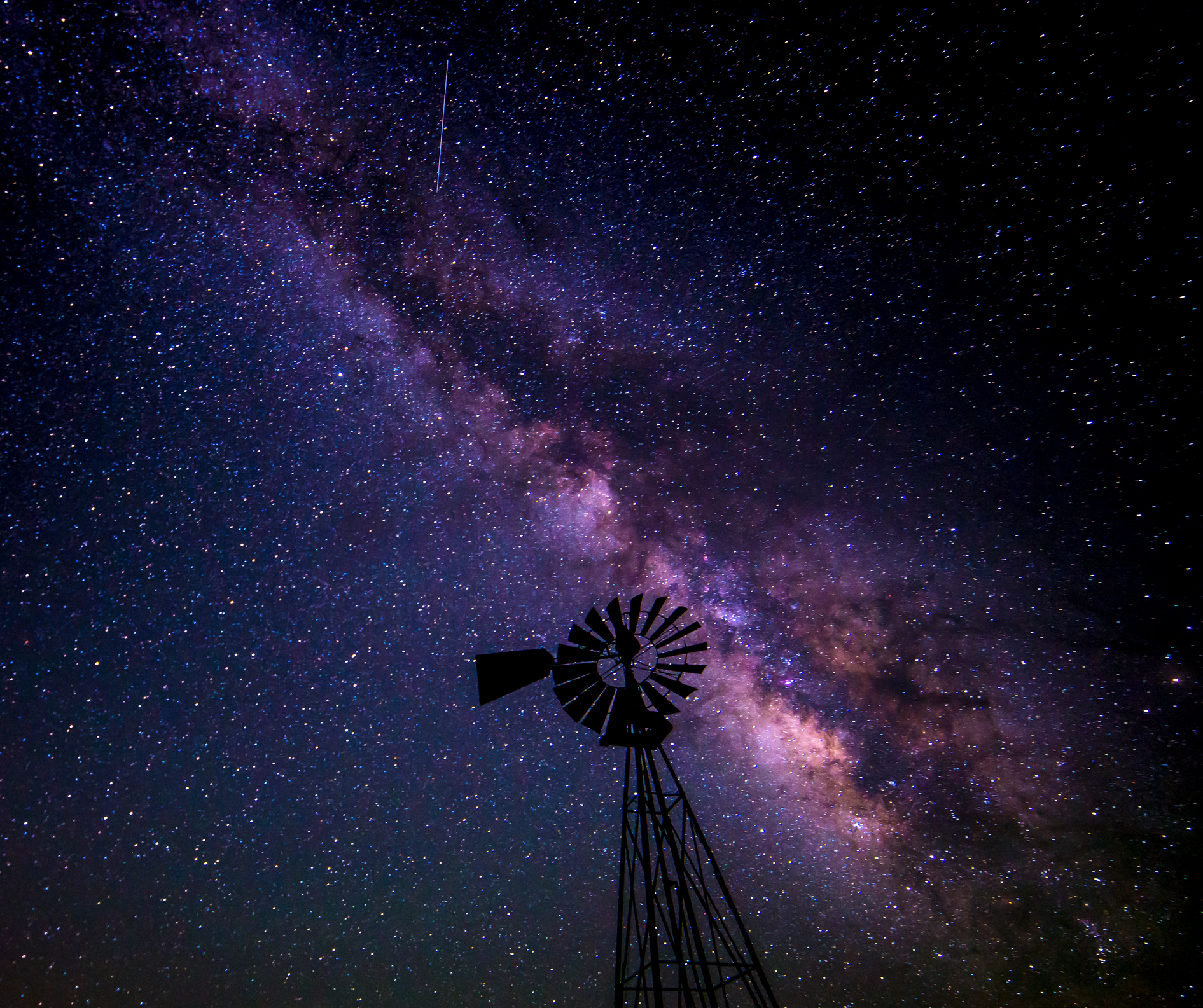
June's unpredictable Bootid meteor shower is upon us! Here's everything you need to know about the annual shower ahead of its June 27 peak.
Each day, around 48.5 tons (44,000 kilograms) of ancient debris dating back to the creation of our solar system collide with our planet's atmosphere, according to NASA. Upon striking our atmosphere, these particles — or meteors — swiftly burn up, leaving stunning trails that can be easily visible to the naked eye.
As our planet makes its way around the sun, it regularly passes through the debris trails shed by wandering comets, giving rise to periods of heightened activity called 'meteor showers'. Each June, Earth encounters a stream of particles shed by the 5-kilometer-wide (3.1-mile-wide) comet 7P/Pons-Winnecke, heralding the onset of the Bootid meteor shower.
When to look for the Bootid meteor shower
The Bootid meteor shower is active from June 22 to July 2 and is expected to reach peak activity around June 27, according to the International Meteor Organization. During this time shooting stars associated with the comet may be observed emanating from a point of origin — known as a radiant — located in the constellation Bootes, from which the shower received its official designation.
On June 27 the radiant will be visible above the horizon for the entire night, but will be at its highest before the sun sets, making the post-dusk hours the best time to scour the sky for elusive meteors, per stargazing website in-the-sky.org. Earth's natural satellite will also be nearing its new moon phase around this time, providing a nice dark sky in which to spot the fleeting interplanetary visitors.

Try not to set meteoric expectations
However, avid stargazers shouldn't go into the Bootids expecting the flurry of shooting stars seen during major showers. The American Meteor Society describes the June Bootids as a 'Class III' variable meteor shower, which are capable of producing 'strong activity' on rare occasions, but equally can only produce one visible meteor per night. For context, major showers such as the Perseids or Geminids can produce over 100 meteors per hour at their peak.
To catch the longest trails, it's best to look around 40 degrees away from the radiant of a shower in the direction of the local zenith, which is the point directly above your head. Remember: the span of your clenched fist held at arms length against the night sky accounts for roughly 10 degrees. Stack four fists above the constellation Bootes — which can be easily pinpointed using a smartphone stargazing app — to find your ideal, if optimistic meteor-hunting patch of sky.
Editor's Note: If you're lucky enough to capture a Bootid meteor in action and want to share it with Space.com's readers, then please send your photo, name, location and comments to spacephotos@space.com.







